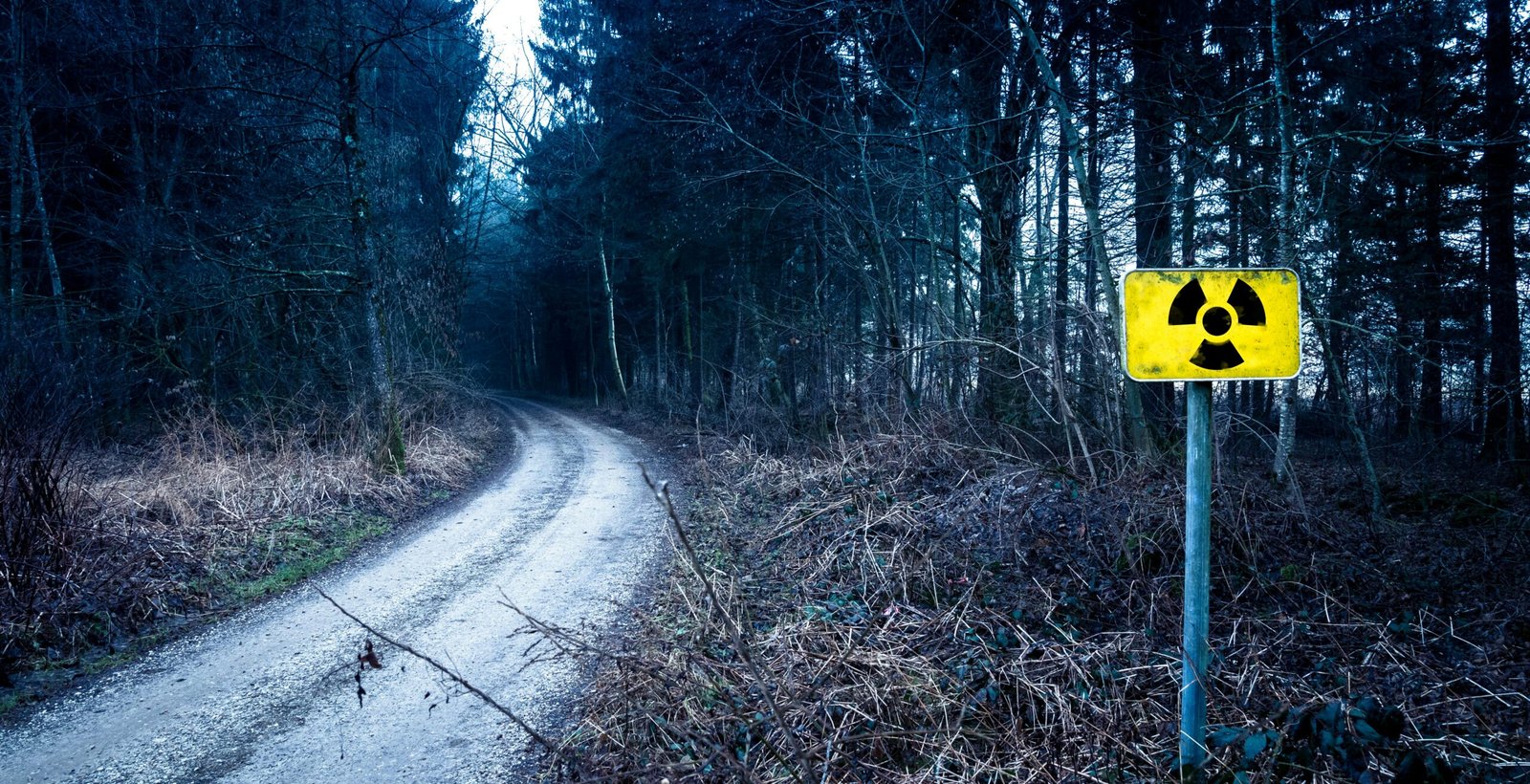Title: “Surprising Inventions Born by Accident”
We’re learning about amazing discoveries that were made by chance these days. An instantaneous stopper for bleeding wounds, regardless of depth, was found by the army during the Vietnam War. This substance prevented thousands of deaths. Amazingly, super glue is now a common household staple because to this chemical. Come along as we explore this tale and some more unintentional finds.
Coca-Cola
Let’s start by discussing Coca-Cola. Who would have guessed that one of the most well-known soft drinks in the world would result from a single sword experiment?
John Pemberton, the protagonist of the story, was a morphine addict who wished to stop. Since it was acceptable to use cocaine and alcohol at the time, he mixed cocaine and alcohol with coca leaves and kola nuts to produce a medication. French Wine Coca was the name given to this mixture.
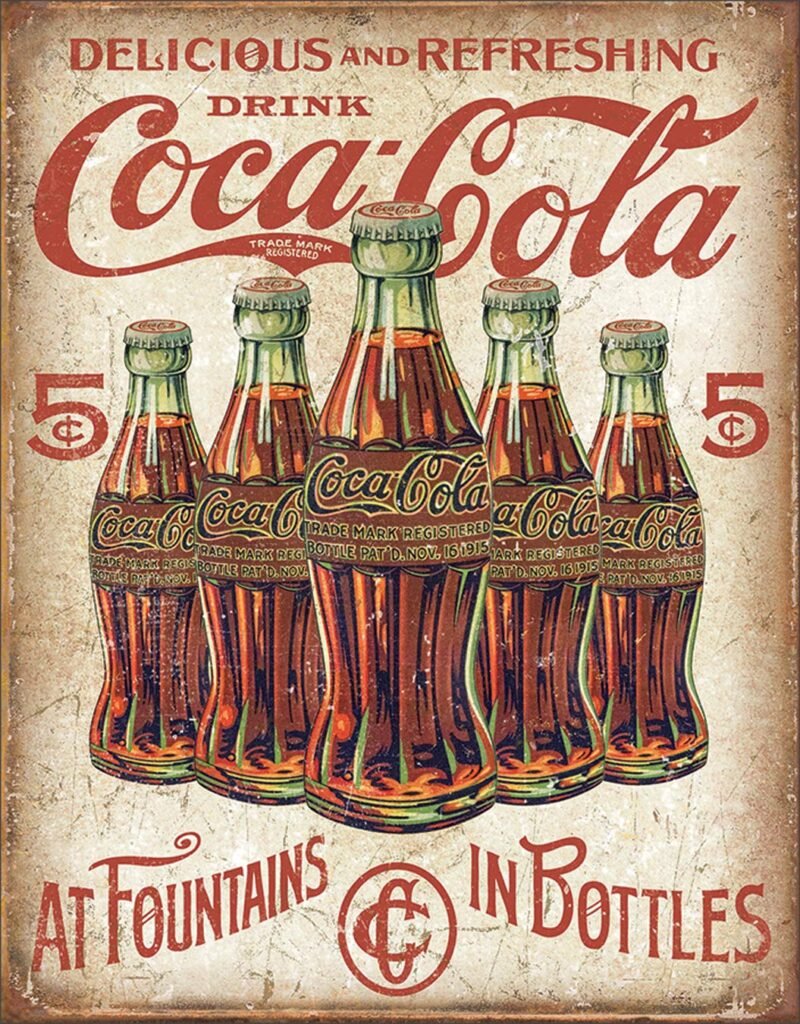
He eventually gave in to pressure to take out cocaine and alcohol in 1886, which prompted him to come up with a new syrup. When he unintentionally mixed this syrup with carbonated water, Coca-Cola was created. Coca-Cola was first sold for only five cents, but now it is worth 260 billion USD.
Superglue
Superglue comes next. When scientists were trying to create a clear plastic for gun sights during World War II, they accidentally created an extremely sticky chemical. Initially, cyanoacrylate was an ineffective chemical. It was not until 1951, while working for Kodak, that Dr. Harry Coover became aware of its potential. Kodak first marketed it as Eastman 910 in 1958; it was subsequently renamed as super glue. Since then, this adhesive has been utilised in forensic investigations to identify fingerprints in addition to bonding applications
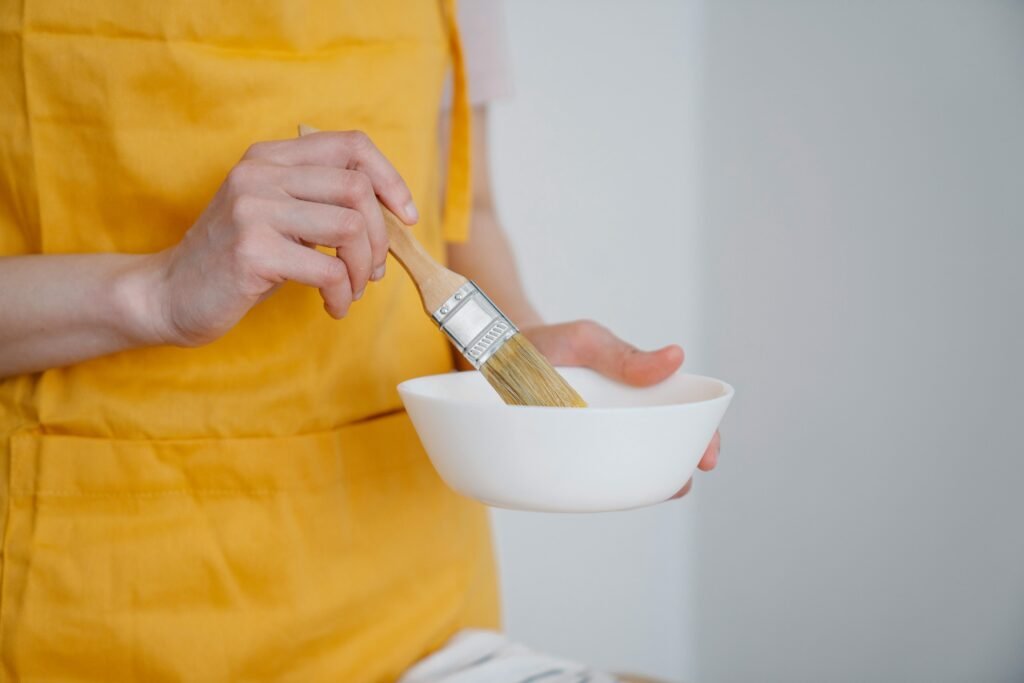
Velcro
Velcro is the fourth item. Hiking in the Alps with his dog in 1941 was the pastime of Swiss electrical engineer George de Mestral. His dog’s fur and his clothes were covered in burdock seeds, he noted. Under a microscope, he examined the seeds and found that they possessed tiny hooks that attached themselves to loops of cloth. This served as inspiration for de Mestral’s 1955 patent for Velcro. Velcro is a common material nowadays.

Play-Doh
Play-Doh is number three. Homes heated by coal prior to World War II were covered with soot, which left stains everywhere. Natural gas gained popularity after the war, rendering Play-Doh’s original purpose outdated. But when Joseph’s sister utilised Play-Doh for school projects, Joseph and Noah McVicker recognised an opportunity. Its current widespread use can be attributed to their rebranding as a children’s modelling compound.
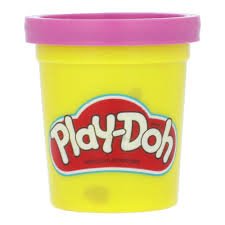
Blood thinners are number two. Scientists discovered a chemical that thinned blood in the 1920s after discovering that an unusual fungus was causing internal bleeding in animals. First employed as a rat poison, this substance is known as warfarin. The 1950s saw its approval for use in human medicine. Notably, it prevented Dwight D. Eisenhower’s heart attack in 1955, saving his life.
Matchstick
At last, the matchstick.” It was hard to ignite a fire without matches. The British chemist John Walker inadvertently set a stick coated in a chemical concoction on fire in 1827. As a result, he created the matchstick. Walker failed to patent it despite its popularity, thus other people began making copies. Matches are a common household item these days.
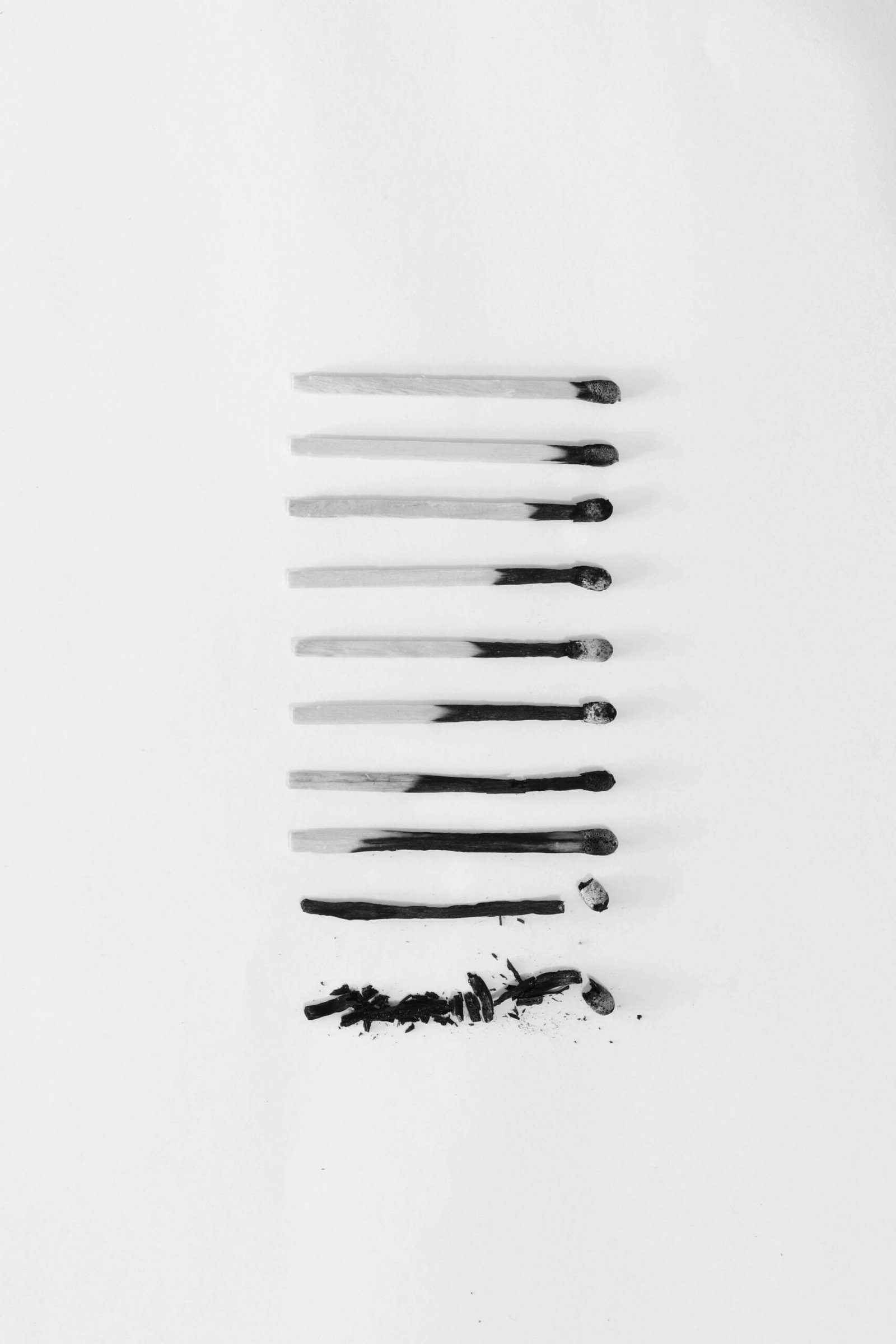
Share this content:


